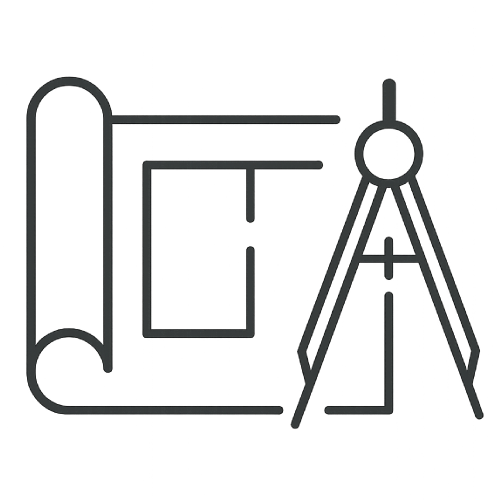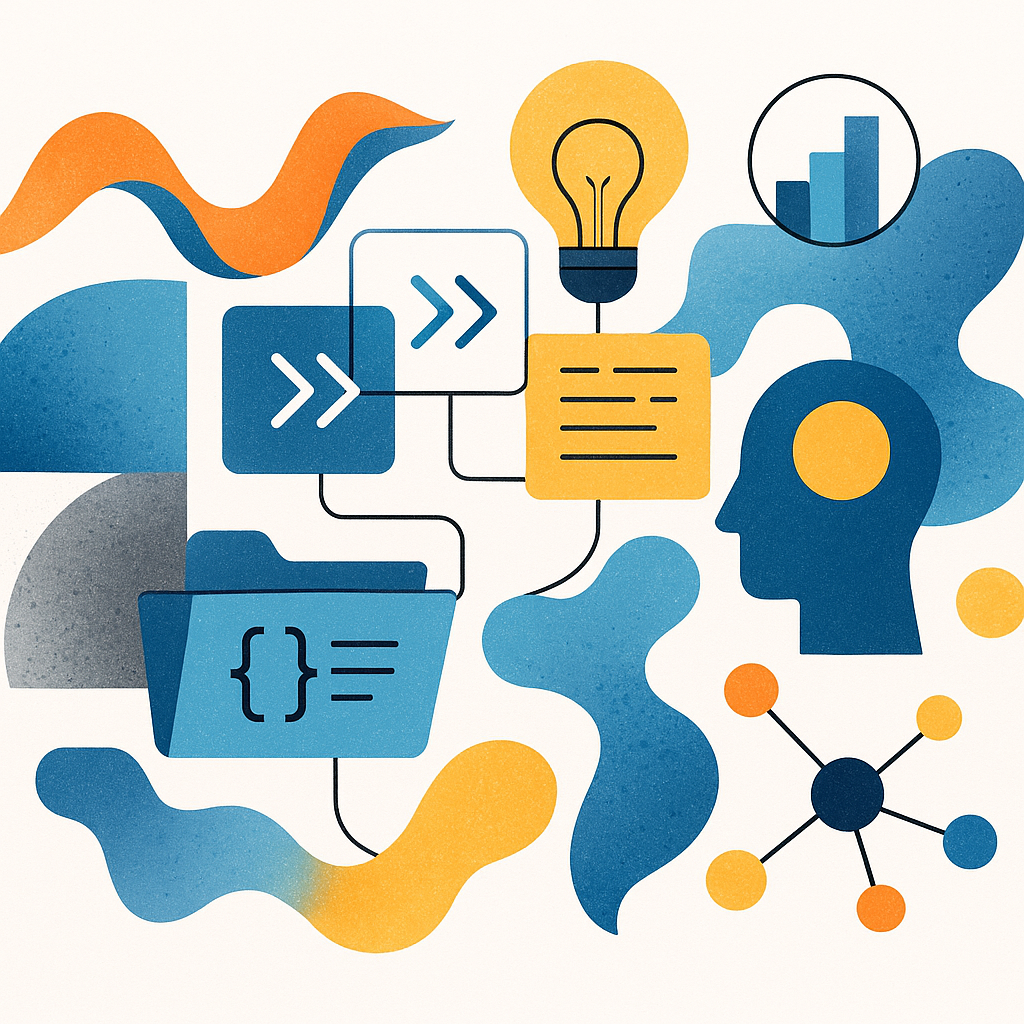
This is exactly why we built qDocChat—our intelligent document chatbot that delivers cited answers from 1000+ documents in under 10 seconds. But here's where it gets interesting: the real magic happens when you feed it the structured meeting data that our AI-driven process creates.
Every conversation—whether a daily developer sync, customer call, or compliance review—is filled with insights, decisions, and expertise that, once lost, can never be recovered. The challenge isn't just remembering what was said; it's about transforming unstructured streams of conversation into structured data that becomes instantly searchable, measurable, and actionable.

The Enterprise Knowledge Crisis
This is the classic "human bottleneck": our capacity to process information is fixed at roughly 50 bits per second, but enterprise data doubles every 24 months. Manual search simply can't keep up. Meanwhile, your most valuable knowledge—the nuanced discussions, the context behind decisions, the lessons learned in real-time—disappears into the void of forgotten meetings.

At Qdabra, we've developed a "Conductor-led" AI process that systematically captures this disappearing intelligence and transforms it into a searchable knowledge asset. Our customers reclaim 233-542 hours per technician per year. That's not just about faster answers—it's about turning your team's conversations into your most valuable competitive asset.
The Workflow: From Raw Video to Enterprise Knowledge
Our process doesn't just create meeting summaries; it imposes a consistent, validated structure on conversational data, making it reliable, machine-readable, and enterprise-ready. Here's how it works:

-
Step 1
Capture the Complete Context
We start with the full MP4 video recording from Microsoft Teams. While auto-generated transcripts miss crucial context, processing the entire video with advanced AI models provides a significant leap in accuracy and understanding.
-
Step 2
Generate Structured Intelligence
Your AI tool creates a structured summary with standardized sections: key decisions, action items, risks identified, technical discussions, and customer feedback. This isn't just note-taking—it's knowledge engineering.
-
Step 3
Multi-Pass Validation
Here's where our "ensemble approach" shines. We use different AI models as critics: one reviews the summary against the original video to catch gaps or errors. If the meeting covered technical changes, your designated AI tool reviews for potential issues.
-
Step 4
Expert Human Synthesis
A human conductor makes the final judgment call, merging the cross-validated outputs into a single, trustworthy report. This maintains the quality and accountability that enterprises require.
-
Step 5
Instant Enterprise Search
The validated meeting intelligence can be manually added by an admin to qDocChat, where it joins 1000+ other documents. New documents go live in 15 minutes. Now when someone asks "What was the customer feedback on the Q3 feature rollout?" they get a cited answer in under 10 seconds, not a 20-minute search through meeting recordings.
Real-World Enterprise Impact

- Regulatory Compliance: Every decision, risk assessment, and mitigation strategy can be captured, structured, and quickly searchable
- Customer Intelligence: Client feedback, feature requests, and support patterns become a queryable knowledge base rather than scattered meeting notes.
- Technical Debt Prevention: Code reviews, architectural decisions, and technical risks are systematically captured and made accessible to future development cycles.
- Process Automation: Previously, you couldn't automate workflows that relied on conversational outcomes because that data was unstructured. Now you can. Imagine describing a business need and having an AI orchestrate the creation of necessary forms, workflows, and reports based on your captured meeting intelligence.
The AI Productivity Reality
Let's be honest about the adoption curve. Month one typically sees a 20% productivity dip as teams learn new workflows. But by month three, our customers consistently report 60-70% productivity increases. The compound effect accelerates from there.
Why? Because you're not just making meetings more efficient—you're building a smarter, data-driven organization where knowledge compounds instead of disappearing.
Getting Started: 5 Keys to Professional AI Prompts
You can begin implementing this "unstructured-to-structured" workflow immediately. The core principle is using AI to create, then validate, then refine structured outputs:

Start with Rich Data Sources
Engineer Your Prompts
Deploy Critic Prompts
Use Specialist Critics
Human Conductor Override
Platform Flexibility for Enterprise Reality

Unlike rigid solutions, this methodology works with any LLM backend—whether that's cloud services like Gemini and Claude, or on-premises deployments for sensitive data. qDocChat deploys in approximately 30 minutes with no code required, adapting to your existing infrastructure rather than forcing architectural changes.
- Cloud or on-premises.
- Any LLM.
- Your security requirements.
- Your deployment timeline.
Your Call to Action: Transform Knowledge into Advantage

The difference between organizations that thrive with AI and those that struggle isn't about having better technology - it's about systematically capturing and leveraging the intelligence that already exists in your conversations.
Ready to turn your team's meetings into your most searchable, actionable asset?
What you'll see in your pilot:
- Your actual meeting content transformed into structured, searchable intelligence
- Sub-10-second responses to complex queries across your document base
- The complete validation process that ensures enterprise-grade accuracy
- Immediate deployment options that fit your security and infrastructure requirements
This isn't just about faster meetings—it's about building a smarter organization where knowledge amplifies instead of disappears.
Also, check out the latest bi-weekly updates in Qdabra FormsDesigner, where our AI-accelerated development cycle is delivering powerful new features at unprecedented pace.






